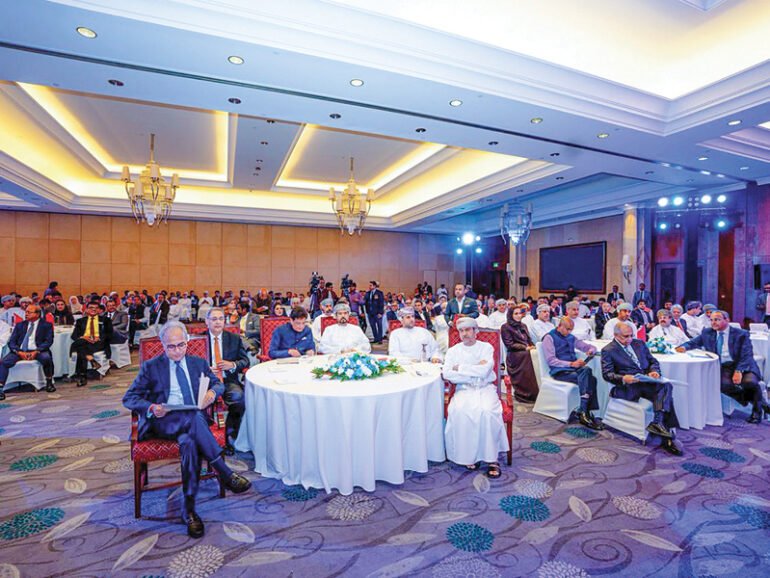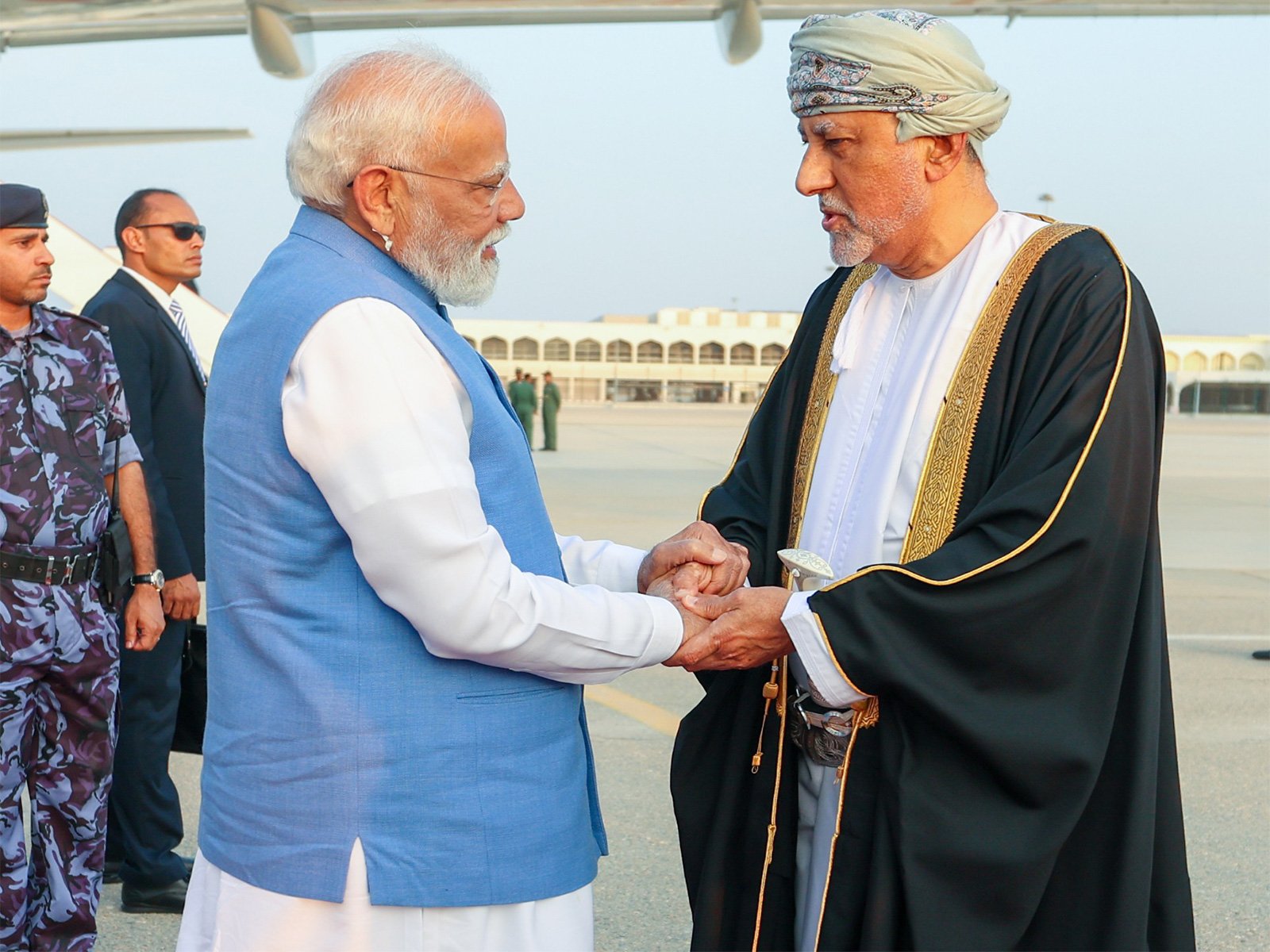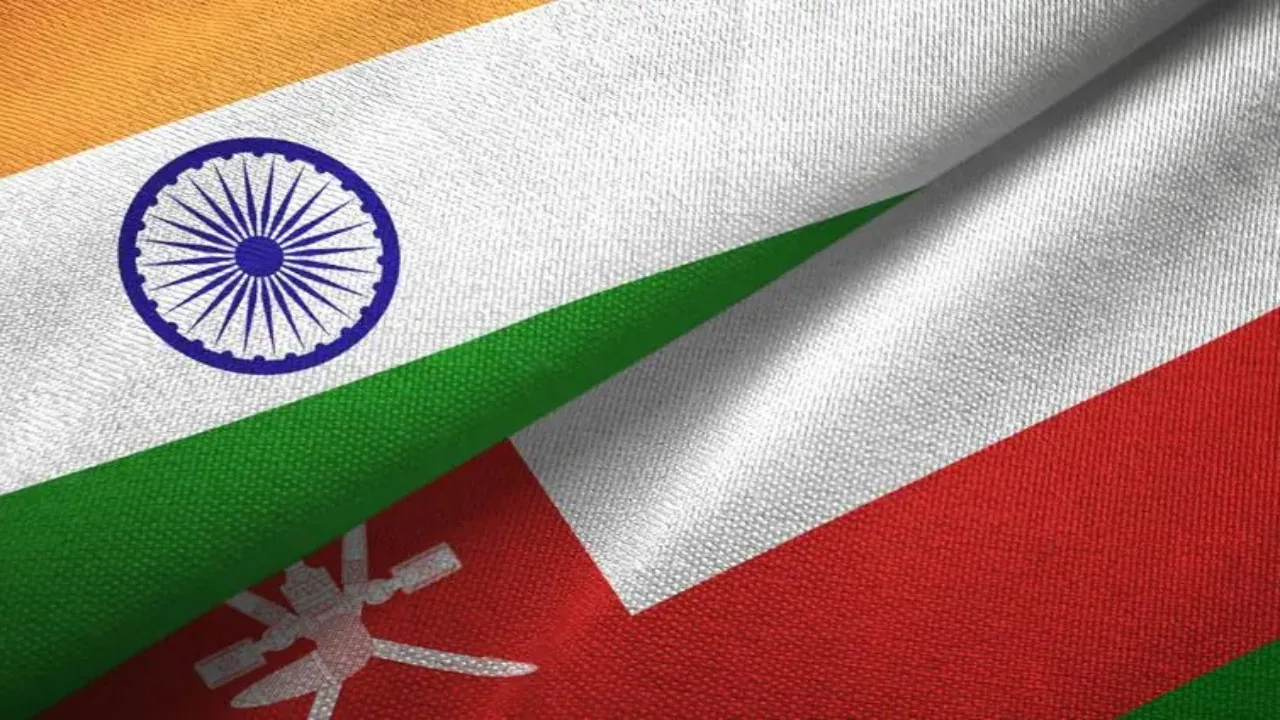-
Antarctic glaciation when it first began some 34 million years ago, is regarded as one of the main factors chiefly responsible for reshaping global rainfall patterns according to recent studies by climate experts
-
It’s amazing how seemingly unconnected factors and events have such an extraordinary impact of global weather conditions
A new study establishes an extraordinary connection between the early evolution of the Indian monsoon and the formation of ice sheets in Antarctica. The clue comes from a fossil leaf preserved in the Laisong Formation of Nagaland.
Researchers from the Birbal Sahni Institute of Palaeosciences in Lucknow and Dehradun’s Wadia Institute of Himalayan Geology, leading the study team found that the growth of the Antarctic ice shifted the Intertropical Convergence Zone (ITCZ), Earth’s primary rain belt, toward the tropics.
By applying the principles of the Climate Leaf Analysis Multivariate Program (CLAMP), scientists have been able to reconstruct past climate patterns by analysing the size, shape, and structure of the leaf
According to the findings of the team, researchers were able to ascertain that Nagaland once had a warm and wet climate, much wetter than today.
And it all goes back to a fossil. The study highlights the connection between ice formation in Antarctica and the evolution of the monsoon in Northeast India, through a fossil of 34 million years old.
The research findings published in “Palaeogeography, Palaeoclimatology, Palaeoecology”, shows that the onset of Antarctic glaciation 34 million years ago reshaped global rainfall patterns, triggering heavy monsoon rains in what is now Northeastern India.
Researchers from the Birbal Sahni Institute of Palaeosciences in Lucknow and Dehradun’s Wadia Institute of Himalayan Geology, leading the study team found that the growth of the Antarctic ice shifted the Intertropical Convergence Zone (ITCZ), Earth’s primary rain belt, toward the tropics.
This change intensified rainfall in India’s northeast as it brought about a major shift in global wind and precipitation systems.
And these results correspond with the global timing of Antarctic glaciation, directly linking polar ice growth to tropical monsoons.
The study also offers lessons for the present. Today, shifts in the Intertropical Convergence Zone (ITCZ) are driving erratic monsoon patterns across South Asia.
Researchers say the study highlights how deeply interconnected Earth’s climate is. Events at the poles can dramatically alter life in the tropics.
It is their contention that understanding these ancient shifts, can help prepare for the challenges of today’s climate crisis.
In 2024, western India received unusually high rainfall while the northeast stayed relatively dry, reflecting a southward movement jn the ITCZ. Similar shifts have also occurred in Pakistan and China.
The study concludes that since millions in India depend on rain-fed farming, such changes increase the risk of both droughts and floods and studies such as this particular can help experts to devise suitable counter-measures.
DISCLAIMER: The views and opinions expressed in this article are solely those of the author and do not necessarily reflect the official policy or position of Pravasi Samwad. Pravasi Samwad is not responsible for the accuracy, completeness, or reliability of any information presented.








